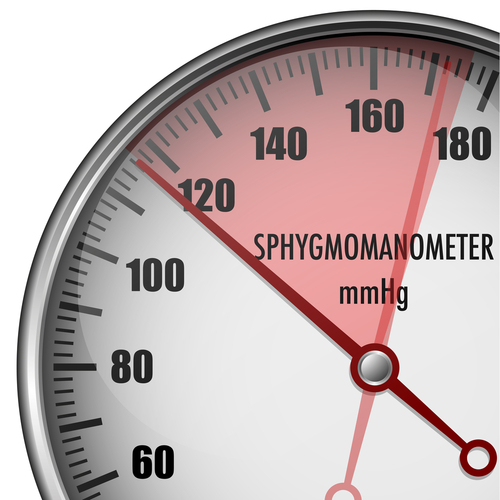What blood pressure goal to focus on for higher-risk patients?
M3 India Newsdesk Jan 17, 2018
SPRINT is a research study funded by the National Institutes of Health to answer the following question: "Will lower blood pressure reduce the risk of heart and kidney diseases, stroke, or age-related declines in memory and thinking?"

The optimal on-treatment blood pressure (BP) target has been a matter of debate. the SPRINT trail attempted to find out if an intensive antihypertensive strategy that targets systolic blood pressure (SBP) to <120 mm Hg is superior to a target of 140 mm Hg in reducing the risk of cardiovascular disease.
The SPRINT trial, albeit a few proven benefits, also has many controversial discussions associated with the conclusion of results and its practical clinical application. However, it may have a great impact on the treatment of hypertension if applied in a safe and effective manner.The outcome of this trial lead clinicians to ponder.
Here we attempt to document the pros and cons of this trial.
SPRINT trial
In patients with hypertension, an on-treatment systolic BP target of <130 mm Hg achieved optimal balance between efficacy and safety.The trial showed significant benefits of a BP target of <120 mm Hg, albeit with an increase in serious adverse effects related to low BP.
Key takeaway
- Intensive treatment will be highly beneficial for lowering SBP by 10-25 mm Hg in old people with SBP > 170 mm Hg.
- If the aim is to reduce cardiovascular events and death in old patients, then the physician should consider non-drug approaches, such as exercise, a healthy diet, and stress-reduction.[Intensive treatment can be initiated only if the patient matches the inclusion criteria of SPRINT trial.
- The physician must review the medical history of the patient thoroughly before intensifying the therapy.]
Careful measurement of blood pressure (BP) is critical. Before measuring BP, participants should be asked to sit and rest for 5 minutes.Thre consecutive readings should be recorded, and the average of those three BP reading should be used for deciding any change in the treatment.
SPRINT trial has few proven benefits but it also has many controversial discussions associated with the conclusion of results and its practical clinical application. However, it may have a great impact on the treatment of hypertension if applied in a safe and effective manner.
Pros of SPRINT trial results
- This trial led to the discovery that intensive treatment resulted in significant reduction (25%) in heart failure and other cardiovascular events when compared to standard treatment group
- Intensive treatment also caused a decrease in all-cause mortality rate by 27 %
- SPRINT trial favors the use of chlorthalidone and amlodipine to control hypertension. Authors considered chlorthalidone as a potential substitute of hydrochlorothiazide in patients with renal disease.
The controversies
- Additional use of medication in intensive treatment group resulted in more serious adverse effects including orthostatic hypotension, syncope, and electrolyte abnormalities.
- An increase in cost of treatment due to the additional medica the ions required for intensive treatment.
- As the study was stopped early, the superiority of intensive treatment or standard treatment in slowing age-related decline in cognition and reducing dementia rates is not known. However, scientists are analyzing the collected data and planning to conduct final cognitive assessments. The conclusion from consolidated cognitive findings is expected in 2019.
- The study excluded patients with diabetes. However, a similar study (ACCORD) done specifically in diabetes patient did not demonstrate any benefit of intensive treatment.
- There was no significant difference in both the groups related to the risk of stroke and myocardial infarctions.
- Questions on the feasibility of achieving low blood pressure was raised as one-half of the patients in the intensive treatment group did not maintain <120 mm Hg SBP.
- In SPRINT, 90 % of the patients were taking antihypertensive drugs at baseline, which implies that their actual SBP was probably in grade 1 or even in grade 2 hypertension category. So, it will be contradictory to use the result as a basis of initiating antihypertensive drug treatment in both middle-aged and elderly patients with <140 mm Hg SBP and high cardiovascular risk.
This study showed that intensive treatment reduces heart failure. Wherein, recent meta-analyses of many trials showed that antihypertensive drugs have a protective effect on heart failure.
-
Exclusive Write-ups & Webinars by KOLs
-
Daily Quiz by specialty
-
Paid Market Research Surveys
-
Case discussions, News & Journals' summaries